AI promises endless unique content for websites, ads and campaigns. However, generative AI like large language models carries high risks around bias, misinformation and brand safety. How can marketing teams leverage AI content creation without hazards sabotaging campaigns? Follow emerging best practices for responsible generation and oversight.
The Promise and Peril of AI Content
Tools like Jasper and Copy.ai enable anyone creating marketing assets. The AI generates endless on-brand copy and creatives using minimal prompts. However, unchecked AI content poses dangers:
- Toxic language models plague outputs with harmful stereotypes and factual distortion.
- Deception risks increase when deploying fakes generated convincingly but incorrectly.
- Brand integrity suffers from AI wandering astray into unsafe topics or creative directions.
Mitigating risks requires strategic processes ensuring generation responsibility at enterprise scale.
Establish Clear Guidelines
Define allowable content boundaries, procedures and creator obligations:
- Prohibit outright unsafe or unethical content categories regarding violence, hate and intellectual property theft.
- Require transparency from creators that materials utilize AI rather than claiming human authorship.
- Make creators responsible for reviewing all AI outputs prior to publication rather than blindly deploying unchecked creations.
These guardrails scope fair usage preventing outright malicious use. However, guidelines alone don’t address ai biases.
Assemble Sensitive Topic Taxonomies
Catalogue problematic topics prone to biased portrayal or misinformation for extra screening:
- Maintain lists of identities, cultures, events and values often skewed unfairly by language models.
- Update catalogues continuously as new issues emerge in generative AI.
- Prioritize disproportionately impacted communities facing regular misrepresentation.
Checking outputs against taxonomy lists highlights higher-risk content for special review before launch.
Build Sensitive Topic Classifiers
Automate screening for better scale:
- First manually label sample AI texts as problematic or benign.
- Then train ML classifiers on the labeled data to predict sensitive content accurately.
- Finally, deploy classifiers as filters flagging risky drafts for creator review.
Classifiers scale oversight beyond tedious manual reviewing capacity.
Apply Manual Oversight in Layers
Humans still outperform AI at nuanced judgment:
- Creators – Review all personal outputs before submission using taxonomy and classifier guidance.
- Managers – Audit creators’ content across campaigns to confirm responsible practices.
- Legal / PR – Spot check marketing content regularly for growing risks as models evolve.
People balance automated quality control with contextual common sense around new challenges.
Finally, Seek External Feedback
Partners provide an impartial perspective:
- Show consumer focus groups samples of AI marketing content to gauge reactions.
- Consult civil society critics to surface potential blindspots around harmful content.
- Reward security researchers discovering defects like model bias with bounties.
Adding diverse feedback channels bolsters model integrity over time through ongoing enhancements.
With deliberate forethought, enterprises can channel AI creativity into positive promotions rather than PR nightmares. Align creative ambition with ethical protection through a mix of guidelines, automation and human oversight.




